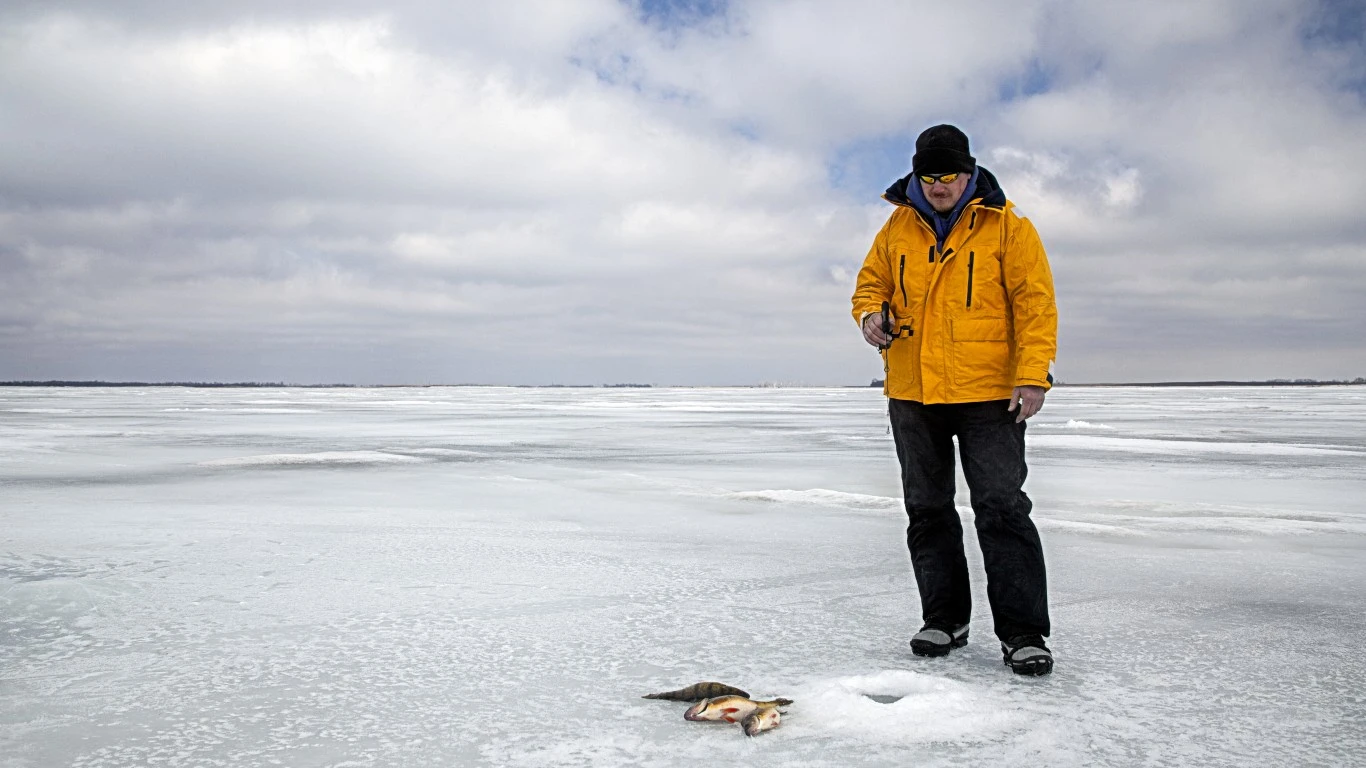
Local parks are vital to promoting healthy communities nationwide. Thanks to the work of nearly 1.3 million full-time, part-time, and seasonal U.S. workers, supported by countless volunteers and advocates, the public can enjoy amenities like free or low-cost fitness classes or clean and safe conserved open spaces to relax with family and friends.
The more than 10,000 local parks and recreation agencies across the country also contribute to economic activity. (These are the most visited local parks in the U.S.)
This sector contributed $217.8 billion in economic activity in 2019, according to the National Recreation and Park Association, including the $68.4 billion in salaries, wages, and benefits, and $107 billion in added value to the national gross domestic product. Examples of how value is added by parks and recreation activities include hiring landscapers to mow ball fields and the increase in property values of homes near well-maintained parks.
Because the U.S. economy is so large, the share of park and recreation activity relative to total gross domestic product is small, measured in 10ths of a percent. For example, parks in the state of Georgia generate 0.44% of the state’s $637.8 billion GDP. But that sliver amounts to $2.8 billion in overall value and genmerates 37,469 full-time and part-time jobs.
To identify the states that get the biggest boost from parks and recreation spending, 24/7 Wall St. reviewed the report The Economic Impact of Local Parks from the NRPA. States were ranked by the value added from parks as a percent of state GDP. State GDP is for 2019 and was obtained from the U.S. Bureau of Economic Analysis. All other data came from the NRPA report.
Understandably, the country’s larger, most populous states tend to lead in overall value added and number of jobs in the park and recreation sector. One exception to this is Pennsylvania. The country’s fifth largest state by population ranks only 41st in the economic impact from its parks.
Smaller states with more recreation and leisure activities, such as Hawaii, tend to enjoy more economic impact from parks as a percentage of their GDP. (These are the oldest city parks in America.)
Here are the states that get the biggest boosts from park and recreation





